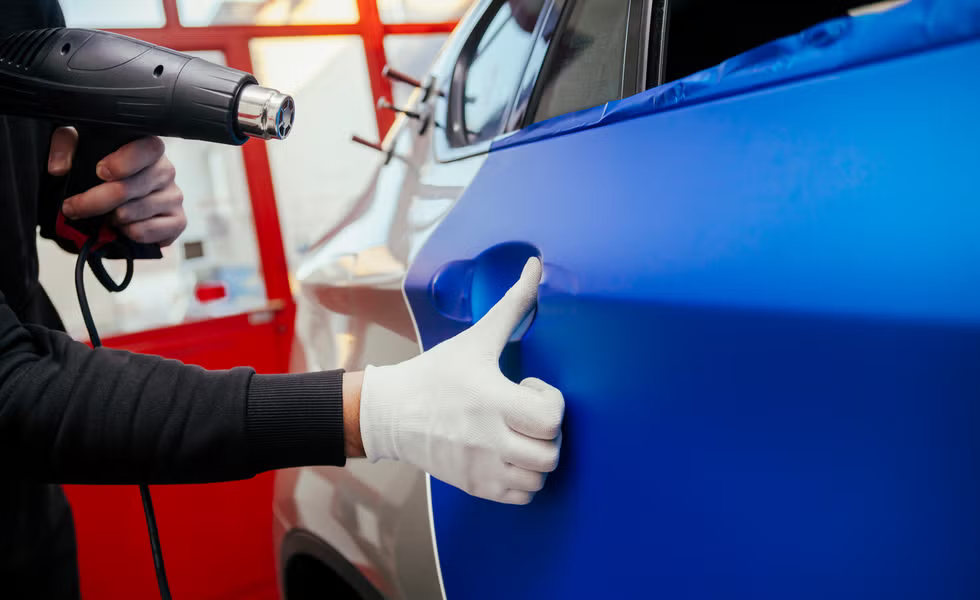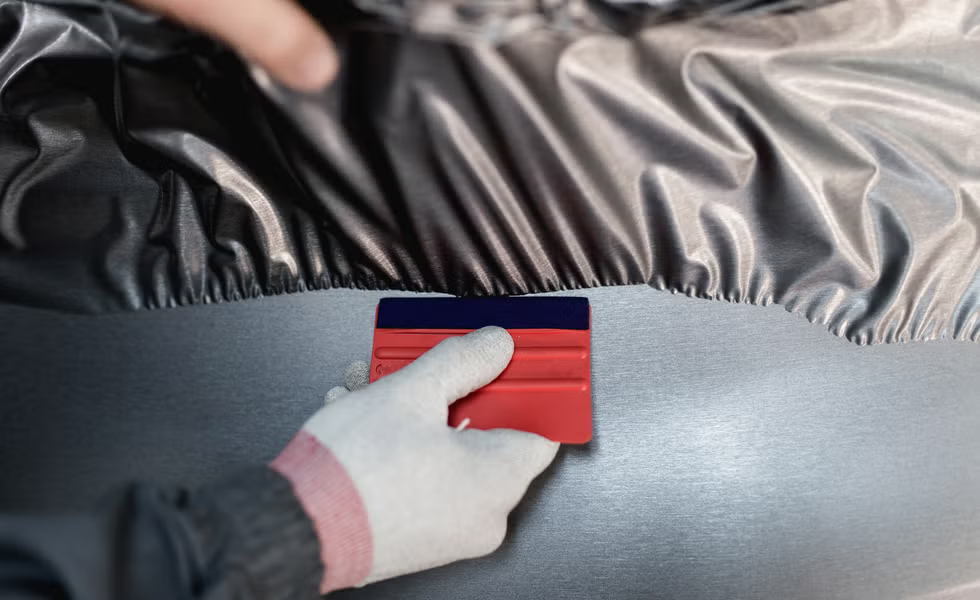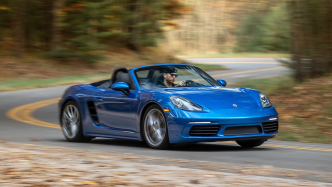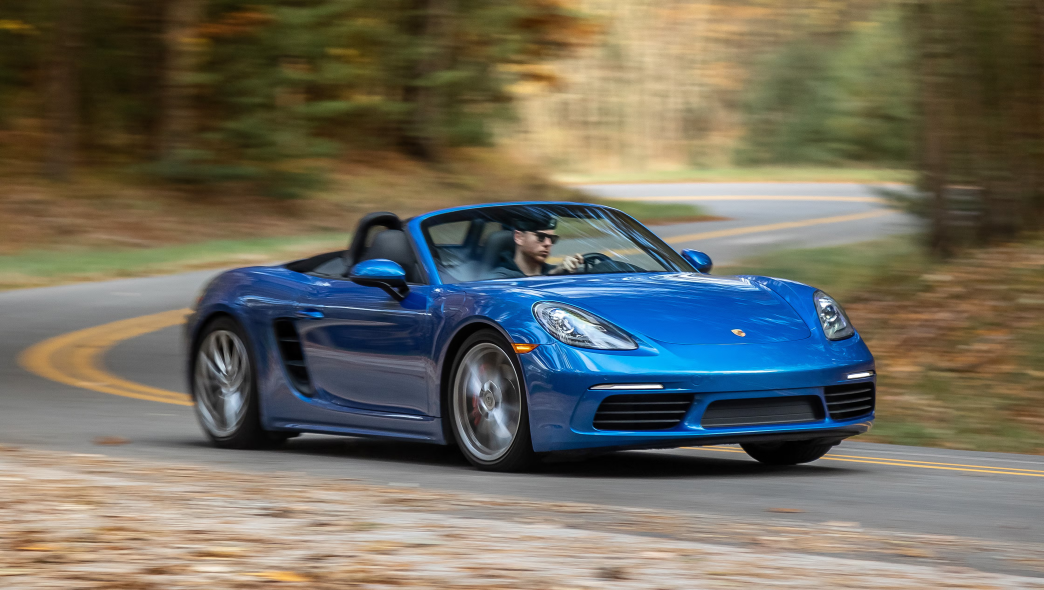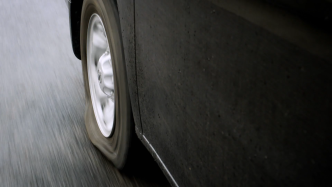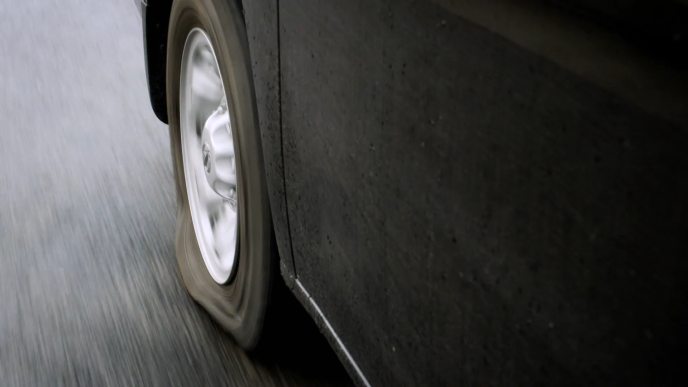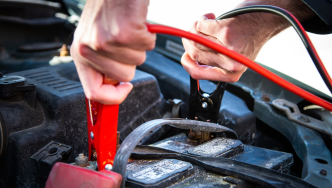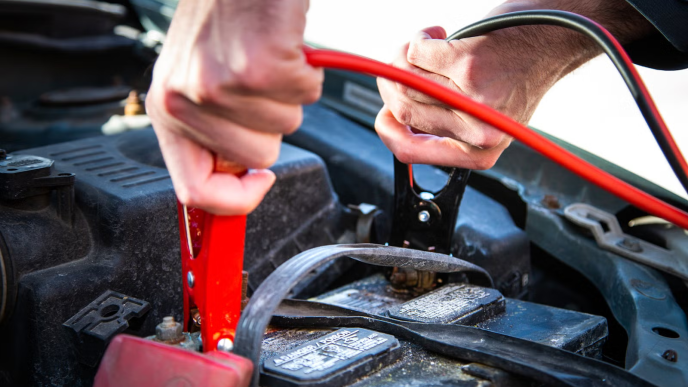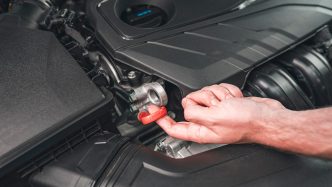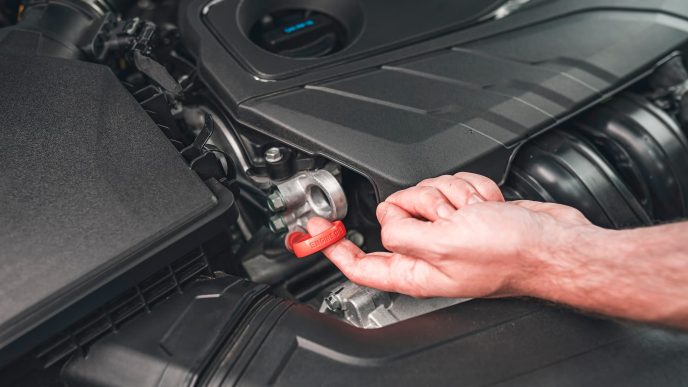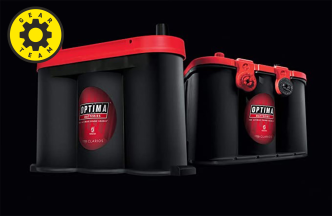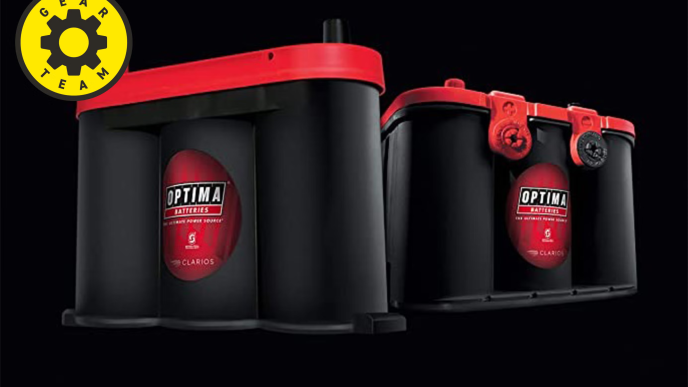Vinyl car wraps are a fast, flexible, and relatively affordable way to transform your vehicle’s look—whether you’re going for a new color, bold custom graphics, or just extra protection. Think of them as a stylish suit of armor for your car. For example, we once applied a subtle protective film to the nose of our long-term Porsche Boxster S to shield it from road debris. Like a temporary tattoo, a wrap can be vivid or understated, glossy or textured—and best of all, it’s never permanent.
Compared with repainting, wrapping offers several clear benefits (and a few drawbacks). Below is everything you need to know about car wraps, including what they cost and why many drivers prefer them.
What Is a Car Wrap, and How Is It Installed?
Imagine a roll of heavy-duty, colored plastic film—something like kitchen wrap but far thicker and more durable. That’s essentially what vinyl wrap is. Installers trim and fit the sheets by hand or order vehicle-specific kits, then apply them panel by panel until the entire car is covered. The wrap clings to the paint using little more than soap, water, and pressure—no sticky adhesives required.

Before wrapping begins, the car’s paint must be spotless and perfectly smooth. The process can take several days and starts with a deep cleaning and detailing. Depending on the design and precision required, installers might remove bumpers, headlights, or taillights to tuck the vinyl neatly into seams and crevices—though not every car needs this level of disassembly.
As the film is applied, technicians use heat guns to stretch and shape it. More complex designs or multi-color graphics may require multiple layers. Once finished, the wrap is checked for bubbles or wrinkles, leaving no trace of the original paint visible. From a distance, it looks as seamless as a professional paint job.
Why Not Repaint the Car?
A proper repaint involves stripping the old finish to bare metal, applying primer, multiple paint layers, and a clear coat—all inside a specialized booth by skilled technicians. A cheap respray for a few thousand dollars may look okay from afar but rarely holds up close. A true high-quality paint job suitable for restorations or collector cars can easily run $5,000–$10,000 or more.
By contrast, a premium vinyl wrap can mimic factory-quality paint for a fraction of that price, offering a cleaner finish than any bargain repaint ever could.
What Colors and Finishes Are Available?
The sky’s the limit. Wraps come in matte, gloss, metallic, satin, and chrome finishes, plus a dazzling range of colors. Because the designs are computer-generated, you can go beyond simple hues—carbon-fiber textures, gradient fades, racing stripes, or wild custom graphics are all possible.
For businesses, wraps also serve as rolling billboards. Logos, branding, or full-vehicle advertisements can be added easily and removed later when the vehicle is sold or repurposed.
Will a Wrap Damage My Paint?
Not if it’s done right. A properly applied and well-maintained wrap won’t harm or alter your paint in any way. In fact, it acts as a protective layer, guarding the finish from UV rays, road salt, and light scratches—all without the use of permanent adhesives.
My Car’s Paint Is Bad. Does That Matter?
Yes, it does. The wrap’s quality is only as good as the surface beneath it. Scratches, dents, rust, or peeling paint will show through or prevent the vinyl from sticking properly. Many professional installers refuse to wrap vehicles with damaged finishes or will do so only without warranty.
If your car’s paint is in great shape, a wrap should last four to five years, depending on weather and sun exposure. After that, the vinyl can harden and become more difficult to remove.
What Is the Difference between Wraps and Paint Protection Film?
They’re applied in much the same way, but paint protection film (PPF) is clear and designed specifically to preserve the original color while providing stronger resistance to scratches and chips. In essence, PPF is the invisible cousin of a vinyl wrap.
How Much Do Wraps Cost?
Prices vary widely depending on vehicle size, design complexity, and labor. Cars with difficult-to-remove bumpers or lots of curves demand more time and precision, raising the price. As a rule of thumb, small two-door cars cost less to wrap than larger sedans or SUVs.
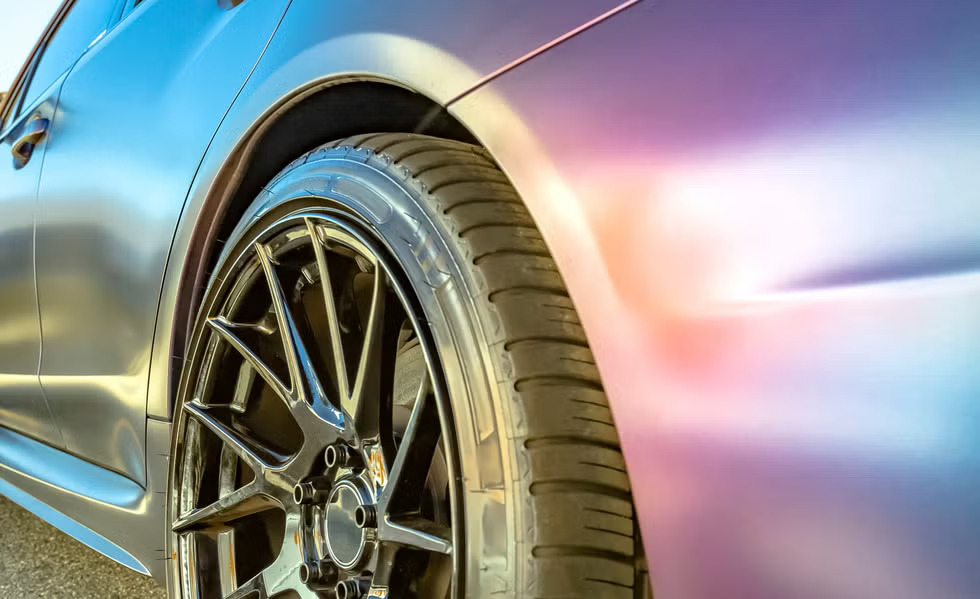
Austin Extreme Graphics, a Texas-based shop, estimates starting prices at around $2,000 for a small coupe like a Fiat 500. Larger coupes and compact SUVs—such as a Chevy Camaro, Ford Mustang, or small crossover—typically start near $3,500. Specialty materials, like carbon-fiber vinyl, increase the price, while chrome finishes begin around $6,000 and can climb past $10,000 for intricate or full-detail projects. Wrapping interior doorjambs, which can add two full days of labor, significantly boosts the total.
How Do I Take Care of a Wrapped Car?
Climate makes a big difference. Prolonged exposure to intense sun or extreme heat can cause the vinyl to degrade over time, while road salt in snowy regions can wear it down faster. The best protection is to park in a garage or use a quality car cover whenever possible.
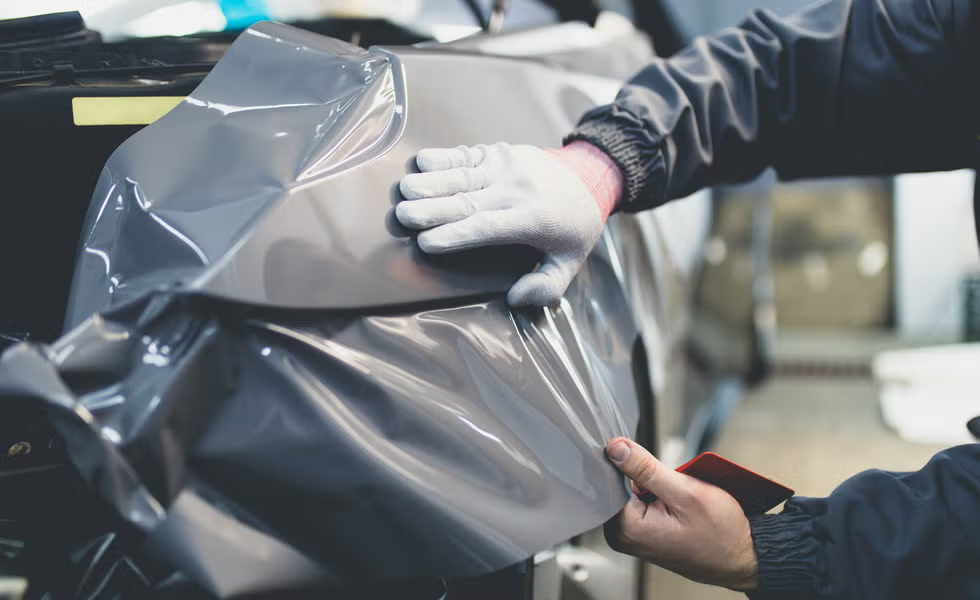
A well-applied wrap in moderate conditions can last four to five years. Removing it later is usually straightforward, though it can cost around $500—more if the film has bonded tightly to the paint.
When properly installed, a vinyl wrap acts like a giant shield, preserving your car’s paint while letting you change its look at will. With an array of finishes, colors, and textures available, it’s an artful fusion of style and practicality—a way to make your ride truly your own without the permanence of paint.
